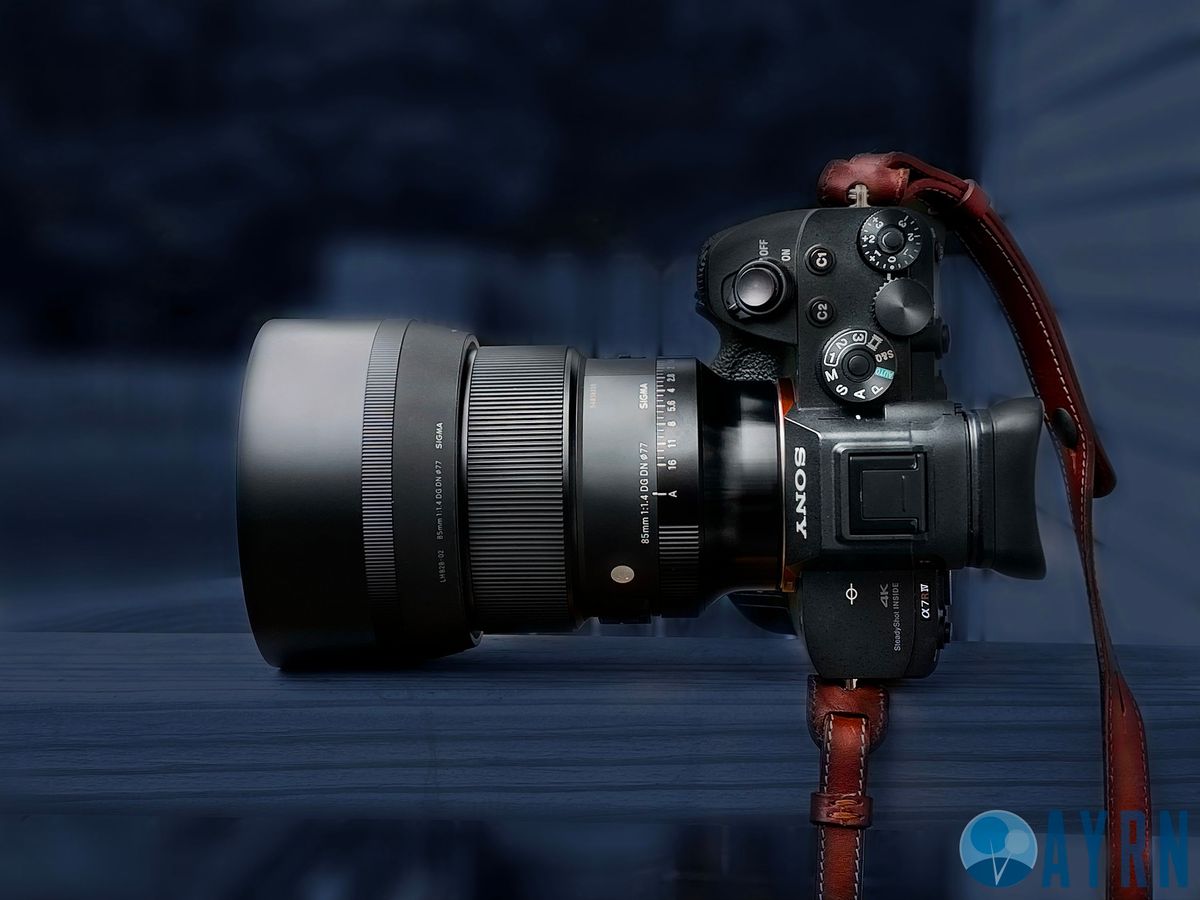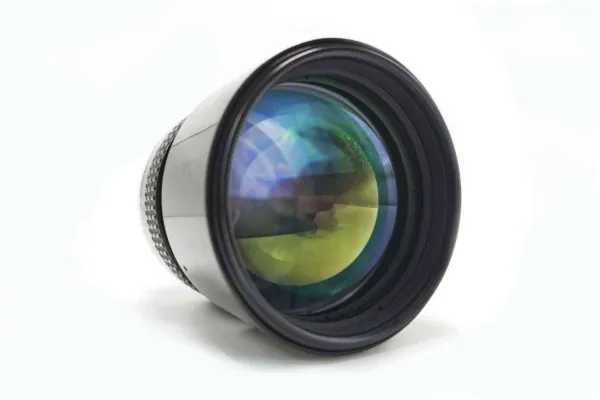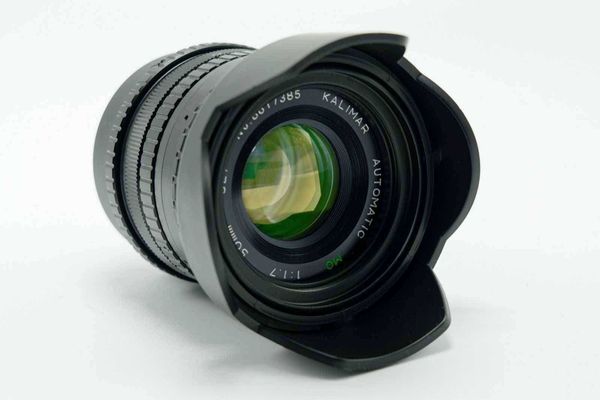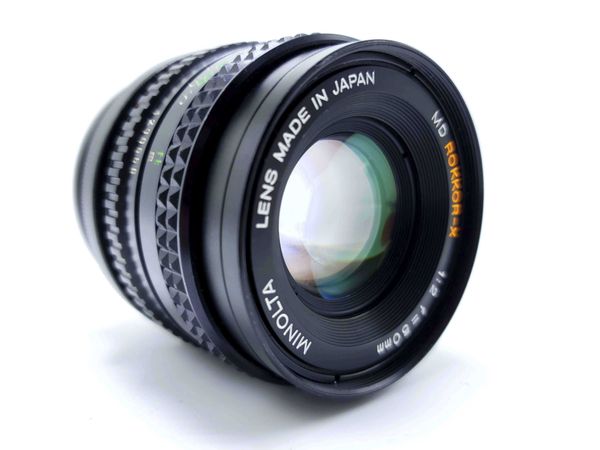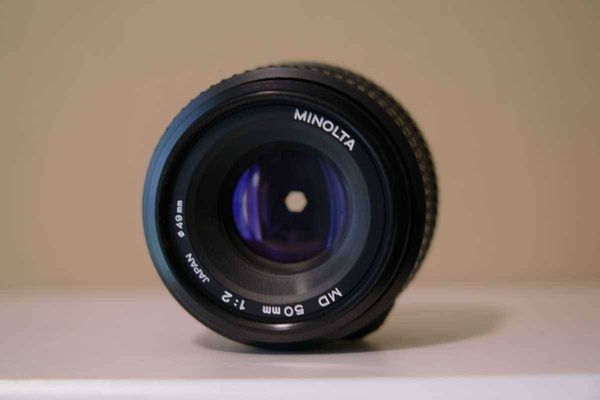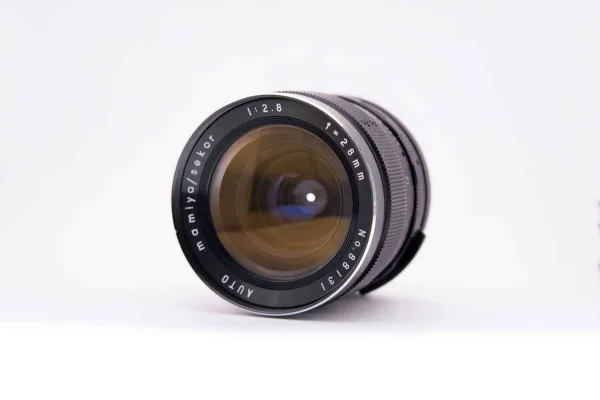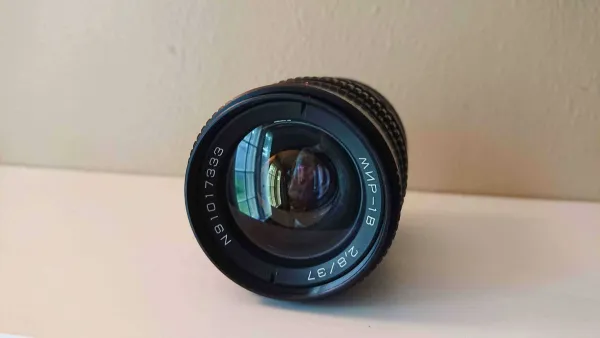This article contains affiliate links, for more information see the disclosure here.

5/5

About
Sigma's new 85mm F/1.4 DG DN Art is all new lens made for e-mount and l-mount full frame cameras. Rather than adapting the architecture of their existing 85mm DG HSN Art lens, Sigma has started at ground zero, creating a completely new and Promethean offering made expressly for mirrorless systems. The new lens ticks every imaginable box, from a fast f/1.4 aperture, to a vastly lighter, yet equally rugged and premium build. The lens also comes packed with a number of tactile buttons, switches, and rings including an on-board autofocus lock (AFL) button, a physical on/off switch for autofocus, a physical aperture ring that can be de-clicked, and an 11 blade aperture that should definitely makes for some gorgeously smooth bokeh. Sigma has created a veritable powerhouse with their new 85mm DN, and aside from some easily correctable pincushion distortion and near-minimum-focus-distance softness, it's pretty close to flawless. Shooting with this lens is positively addictive and it's become my photographic raison d’être to over the past few weeks. For that, it gets the highest score we've ever assigned to an 85mm lens, a perfect 5 stars -and- the Ayrn Kudos Award. The 85mm DN Art is truly a masterpiece of optical engineering and innovation.
See it at
Note: We purchased the Sigma 85mm f/1.4 DG DN Art used in this review with our own money. This review is independent and is not sponsored by Samyang/Rokinon or endorsed by them in any way.
Want to say thanks for an ad-free, subscription free experience and top-notch content?
 Buy
me a coffee
Buy
me a coffeeRelease info
Cons.
Somewhat expensive
Soft near minimum focus distance
Heavy pincushion distortion
Pros
Ultra fast and bright
Weather sealed
Sony full-frame e-mount native
11 aperture blades
Physical aperture ring
De-clickable aperture
Dedicated autofocus lock button (AFL)
Made for mirrorless
Light for an 85mm f/1.4 lens
Hand crafted in Japan
Contents
First impressions
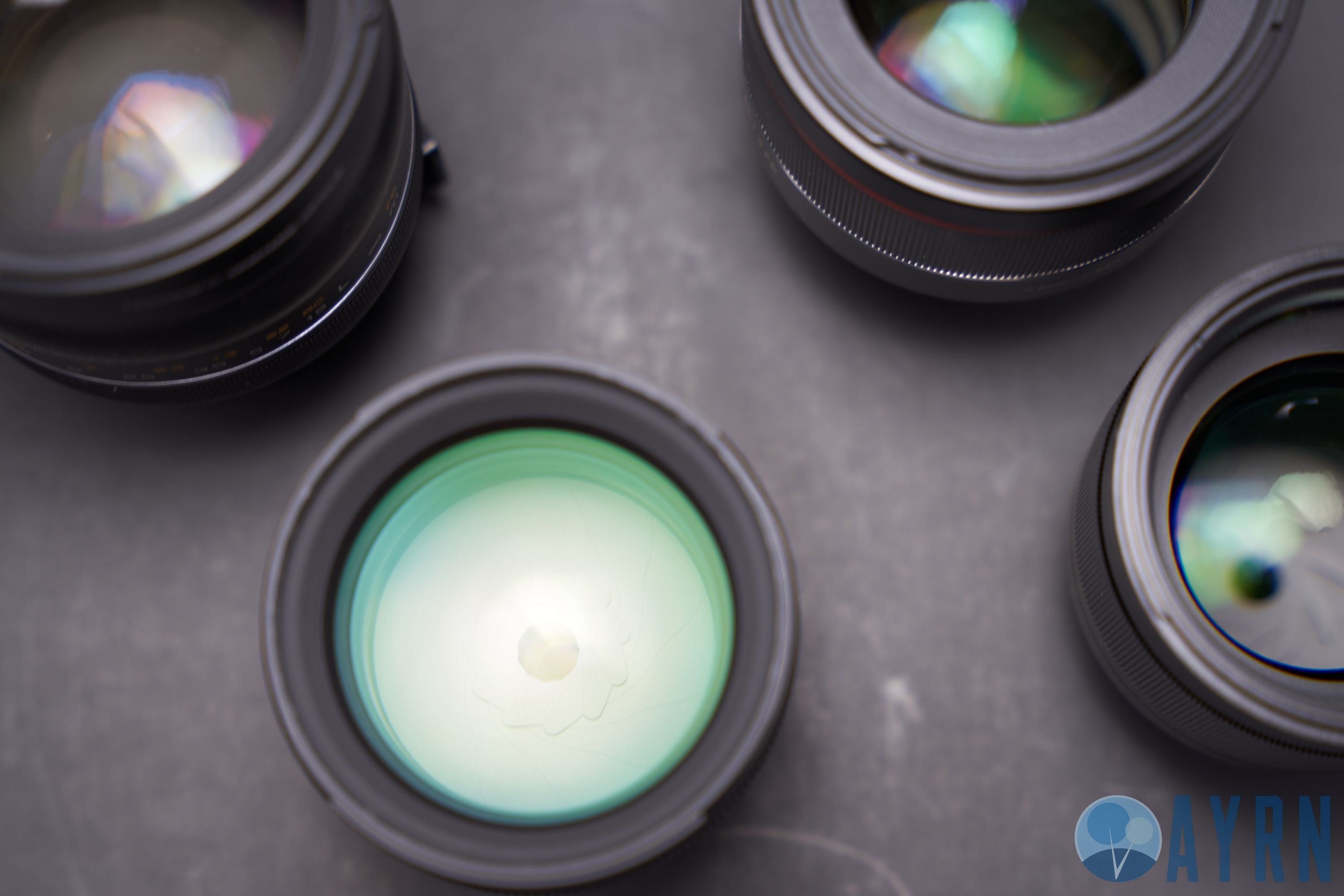
The first thing I immediately noticed on receiving this Sigma's new 85mm f/1.4 DG DN Art, was just how tiny even the box it comes in is. Sigma must really be trying to drive home the point, even with their packaging.
I am immediately greeted by the usual ultra premium look and feel that I've become accustomed to with Sigma. Yet, there's something different about this lens from any of the other short-telephoto, wide aperture Sigma lenses I've owned in the past. It's lighter - much lighter. It's noticeably smaller too.
On taking the lens out of its box, I am immediately greeted by the usual ultra premium look and feel that I've become accustomed to with Sigma. Yet, there's something different about this lens from any of the other short-telephoto, wide aperture Sigma lenses I've owned in the past. It's lighter - much lighter. It's noticeably smaller too. In contrast to the overall compact size of the lens, the front element seems huge, and it has a greenish reflection under the light I'm in. There's a lovely matte sheen to the the barrel's finish that tapers into the classic metal base Sigma is known for.
[The Sigma DG DN Art] has every instantly accessible tactile feature imaginable.
This is the single most feature crammed lens I've yet to review. It has every instantly accessible tactile feature imaginable, making it a veritable dream come true for professional photographers. Looking it over I see the well placed switch for locking the aperture ring, a Sigma standard AF/MF switch, a well marked aperture control, a button for locking autofocus, and even the lens hood has a lock and feels tight and secure.
Turning the lens over, I see "Made in Japan" proudly printed on the lens. While it's a personal thing, I really enjoy the master artisan optical prowess of good Japanese glass. Sigma is a great example of that. Zeiss is another one.
I know it's going to be a good day out in the field.
Images of Sigma 85mm F/1.4 DG DN
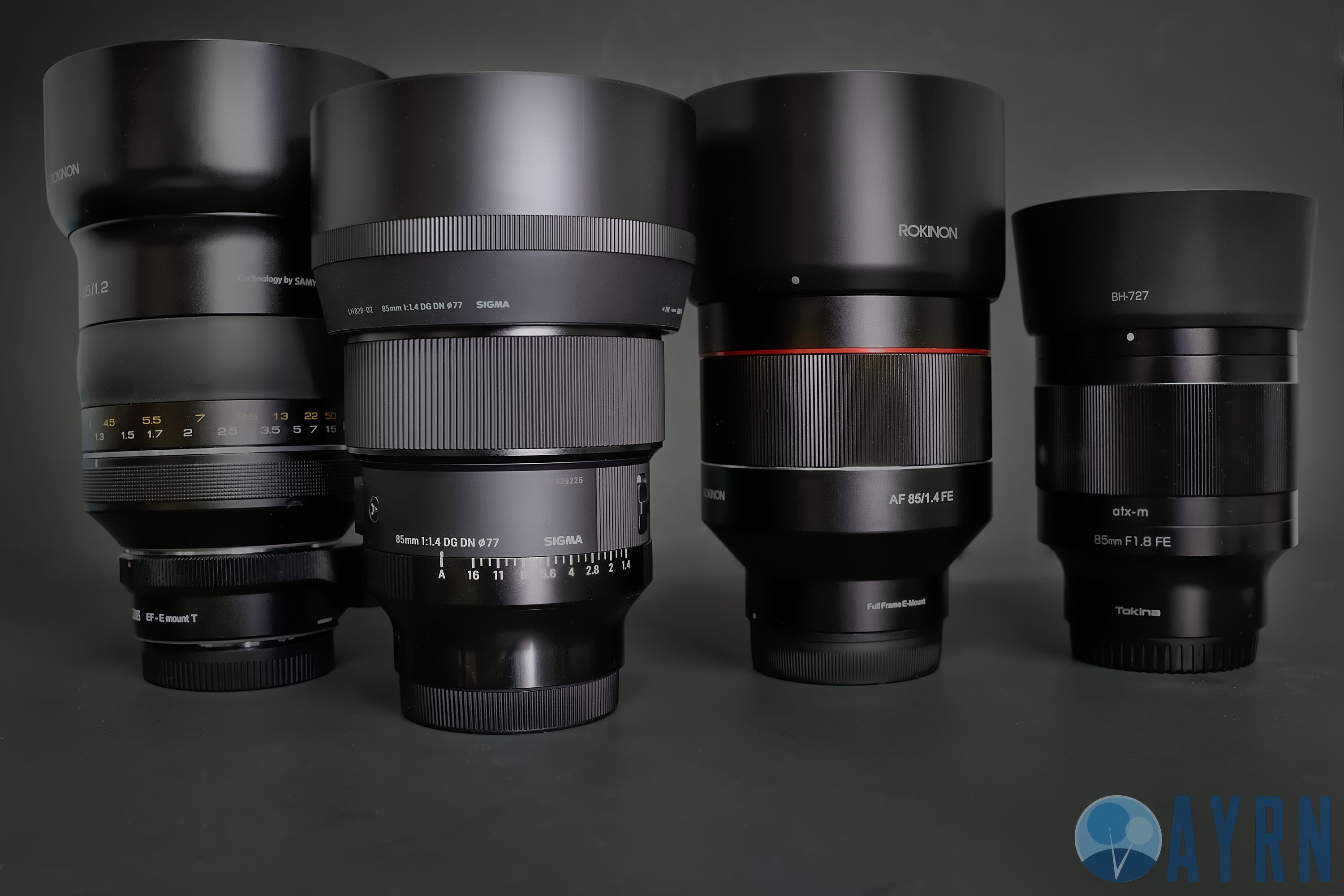
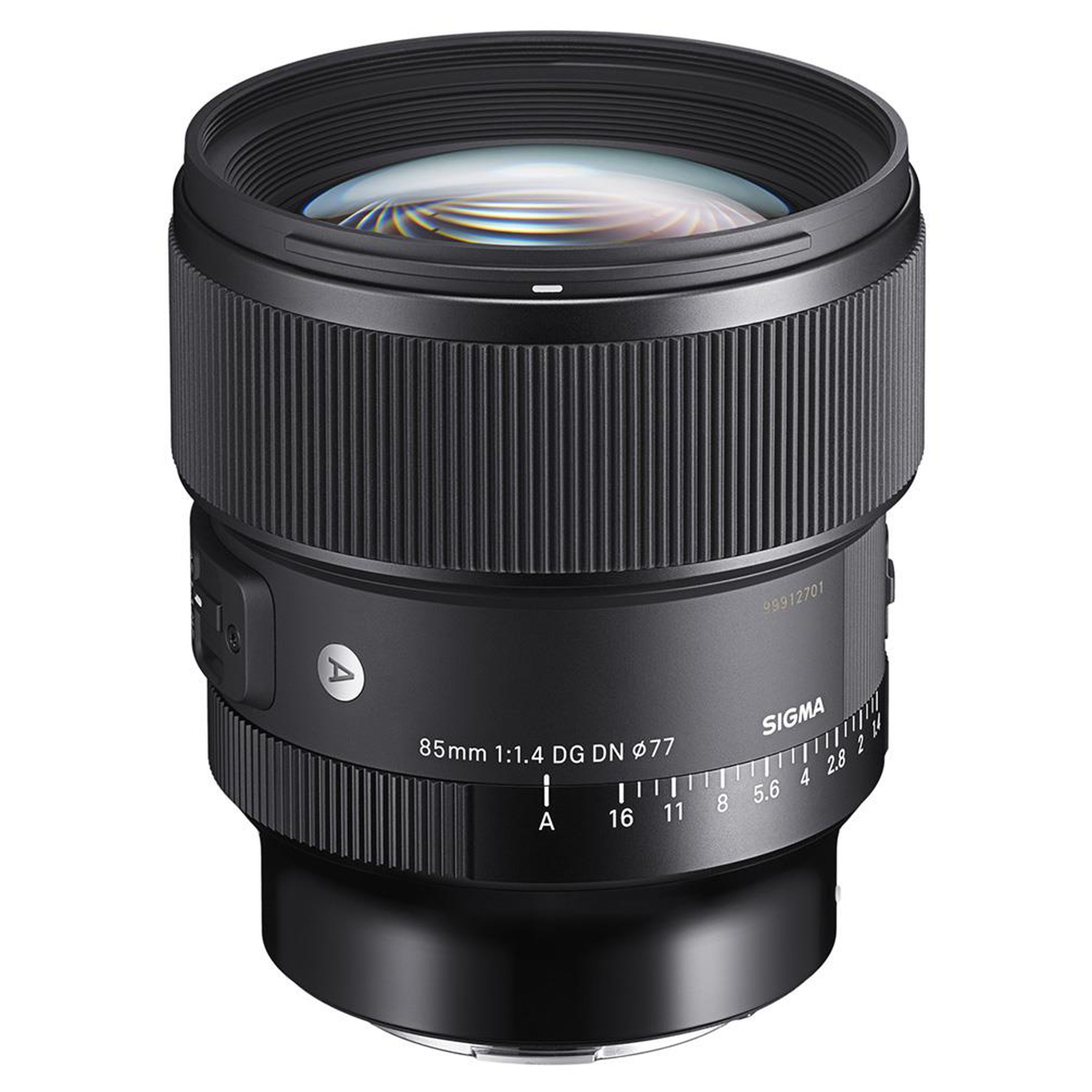
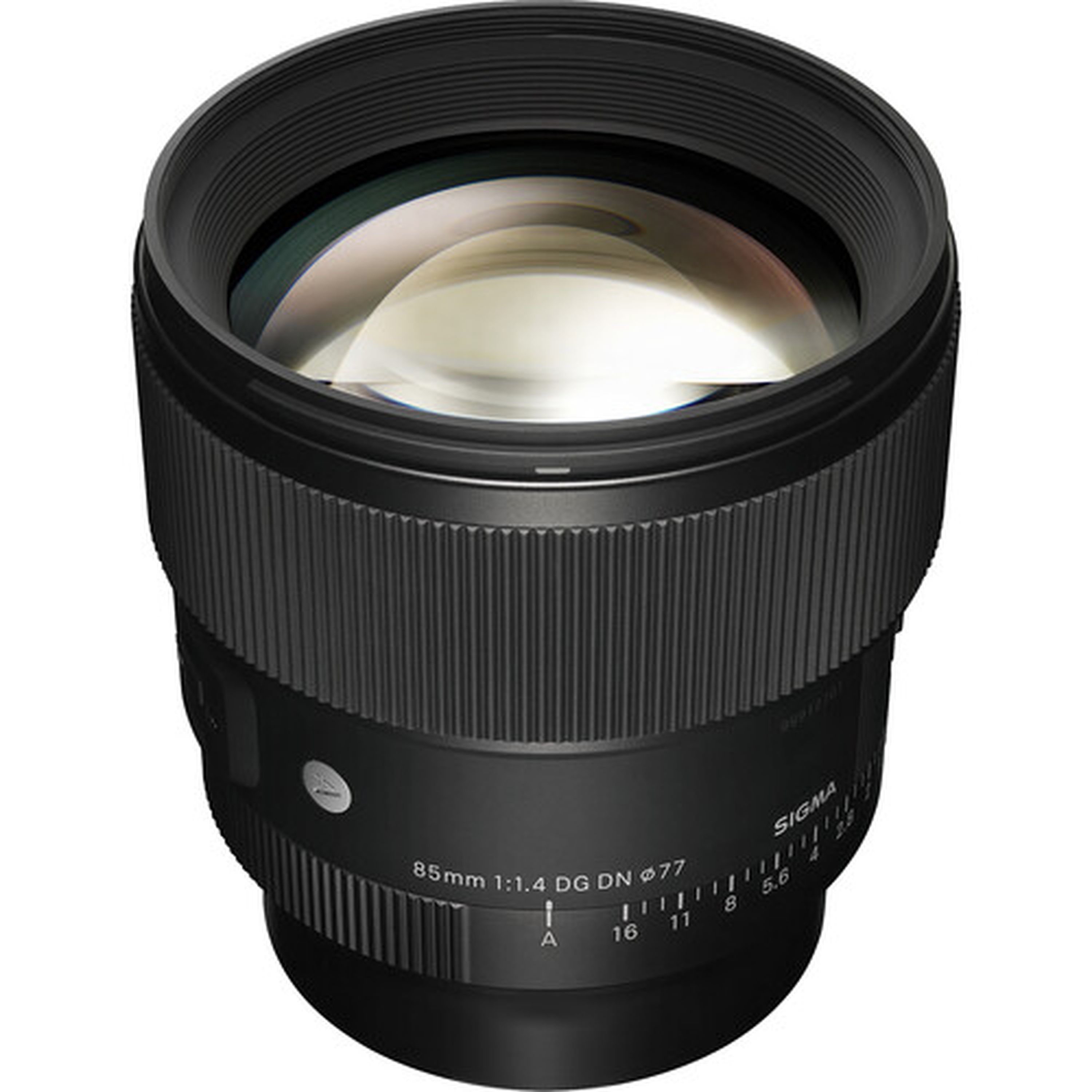
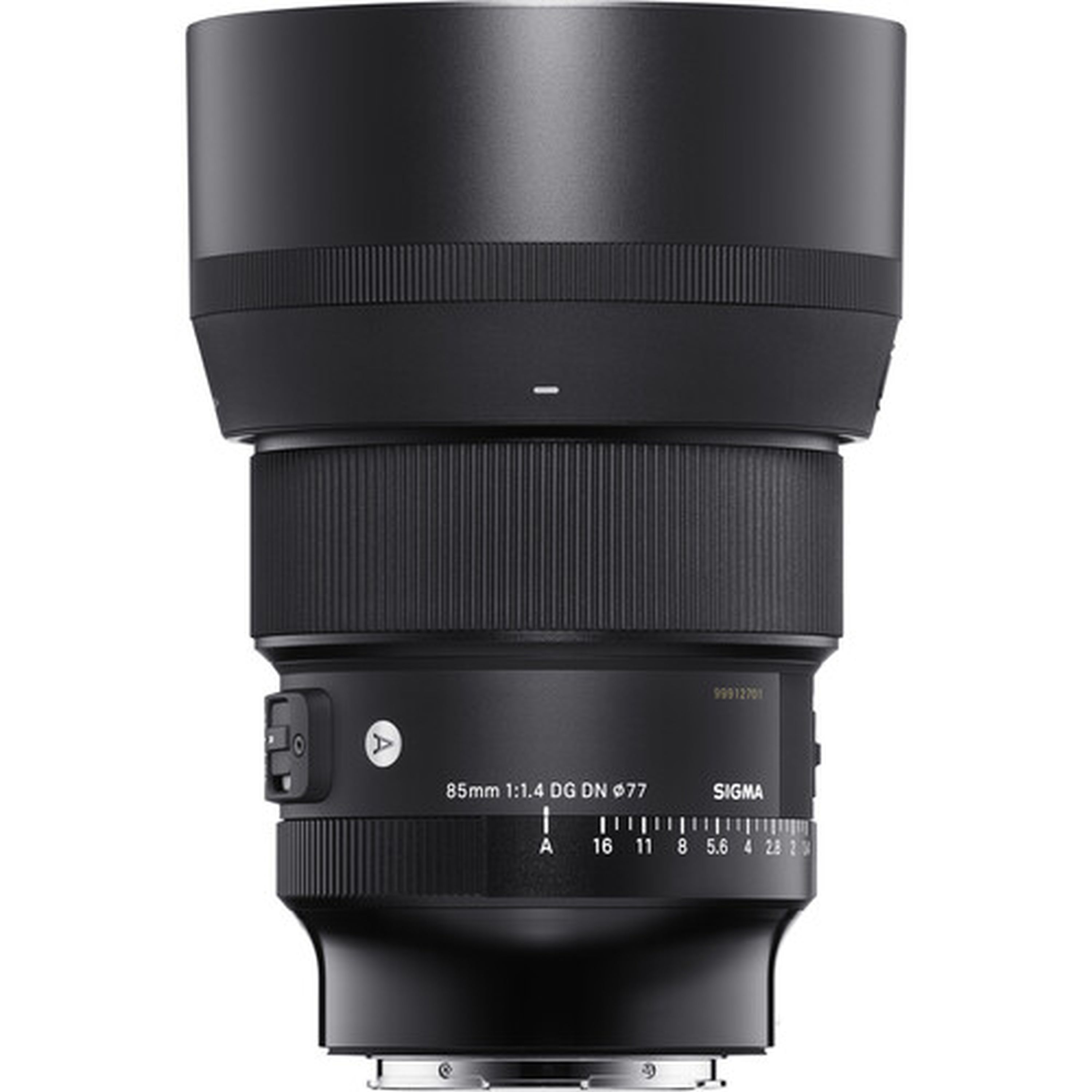

Image quality
Even wide open, Sigma's new DN variant of the 85 is breathtakingly sharp.
Even wide open, Sigma's new DN variant of the 85 is breathtakingly sharp. It's also spectacularly sharp out to all, but the furthest edges of the frame. although in my tests, I found that it suffers from softness at or near the minimum focal distance.

You can see and download the high definition sharpness test image, here.




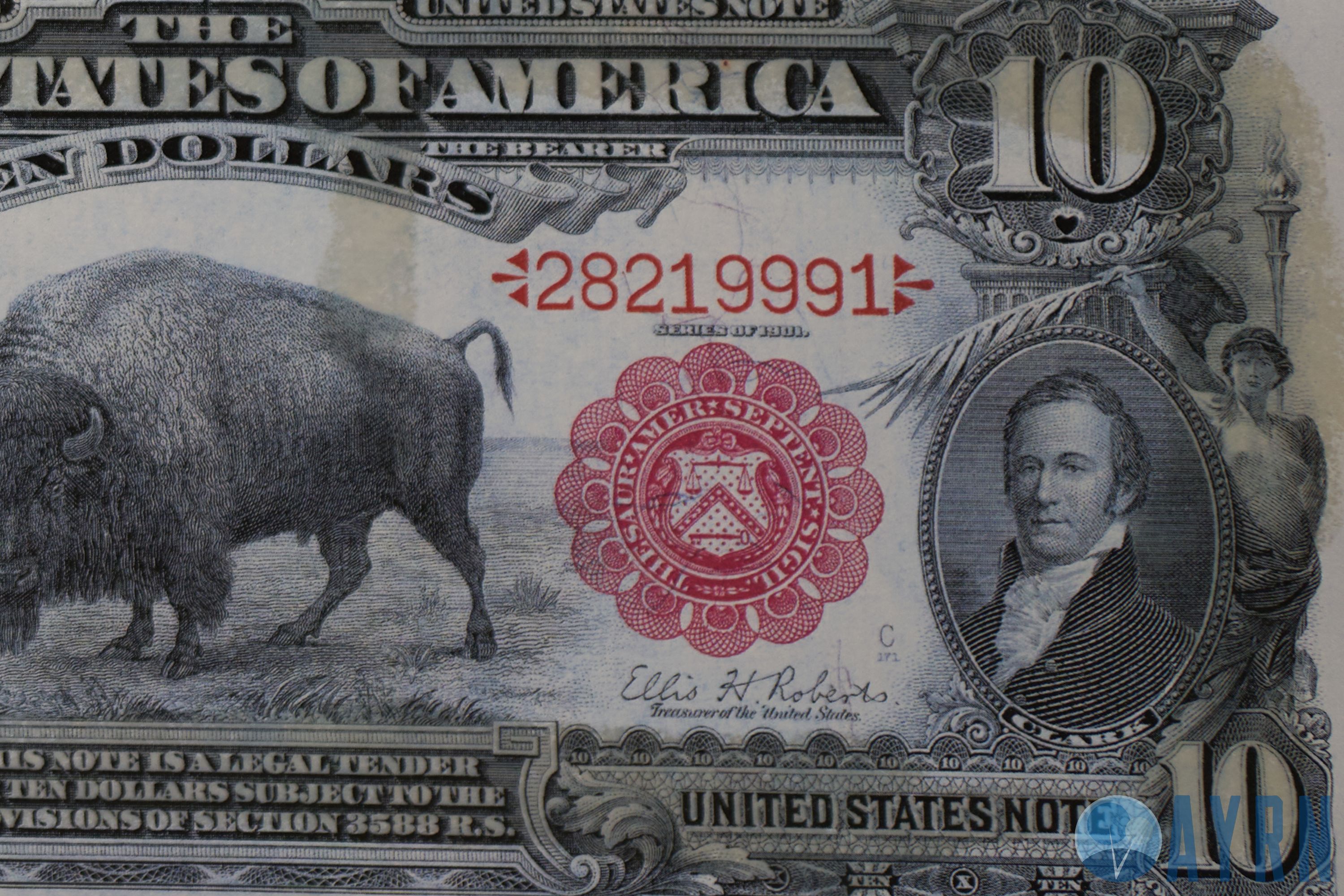
Softness issue at near minimum focal distance
In my sharpness tests, I found that the lens was a bit soft at and near the minimum focus distance both using autofocus and manual focus.
In my sharpness tests, I found that the lens was a bit soft at and near the minimum focus distance both using autofocus and manual focus. After moving the camera another foot or so back, the results sharpened up nicely and became exceptionally sharp.
Distortion
Distortion is the Achilles' heel of Sigma's new 85mm DN Art. While the lens proved itself to be unprecedentedly good in every other test I put it through, in this test, it fell somewhere on the wrong side of the bell curve. That said, it's completely correctable so I'd ultimately call it a non-issue.
Distortion is the Achilles' heel of Sigma's new 85mm DN Art. While the lens proved itself to be unprecedentedly good in every other test I put it through, in this test, it fell somewhere on the wrong side of the bell curve. That said, it's completely correctable so I'd ultimately call it a non-issue.
What's somewhat atypical about this distortion is that it is of the pincushion variety, which you usually don't see at the 85mm full-frame focal length. And it's fairly heavy pincushion distortion at that. It actually required the maximum correction possible in Capture One Pro to remedy it.
Because the lens is so new, there isn't currently a correction profile for it in Capture One, and from what I've read, it's not out yet for Lightroom either. However, once software makers begin to roll out their various iterations of lens corrections for the 85mm DN, correction should be completely automated and not something you even need to think about. Sigma has also already enabled in-camera correction if you're shooting JPEG on a compatible camera system.

The image above demonstrates the rather extreme pincushion distortion I'm talking about. As I'll demonstrate, it is completely correctable in Capture One by pushing the distortion correction to 120, which is the highest level of correction you can apply in the program.


As you can see, the image cleans up nicely in CaptureOne Pro, but there is further tiny loss of the frame apparent.

For comparison, the uncorrected image (above) captured with the Rokinon 85mm f/1.4 at the exact same distance from the subject. Although, a bit wider, it still gives you a fair idea of what you're losing in the correction process.
Chromatic abberation

Getting this lens to exhibit chromatic aberration is a real challenge. Yes, it's just that good!
Getting this lens to exhibit chromatic aberration is a real challenge. Yes, it's just that good! As you can see here, Sigma's 85 art passes the test flawlessly when presented with a dark foreground and bright background looking directly back at the sun.
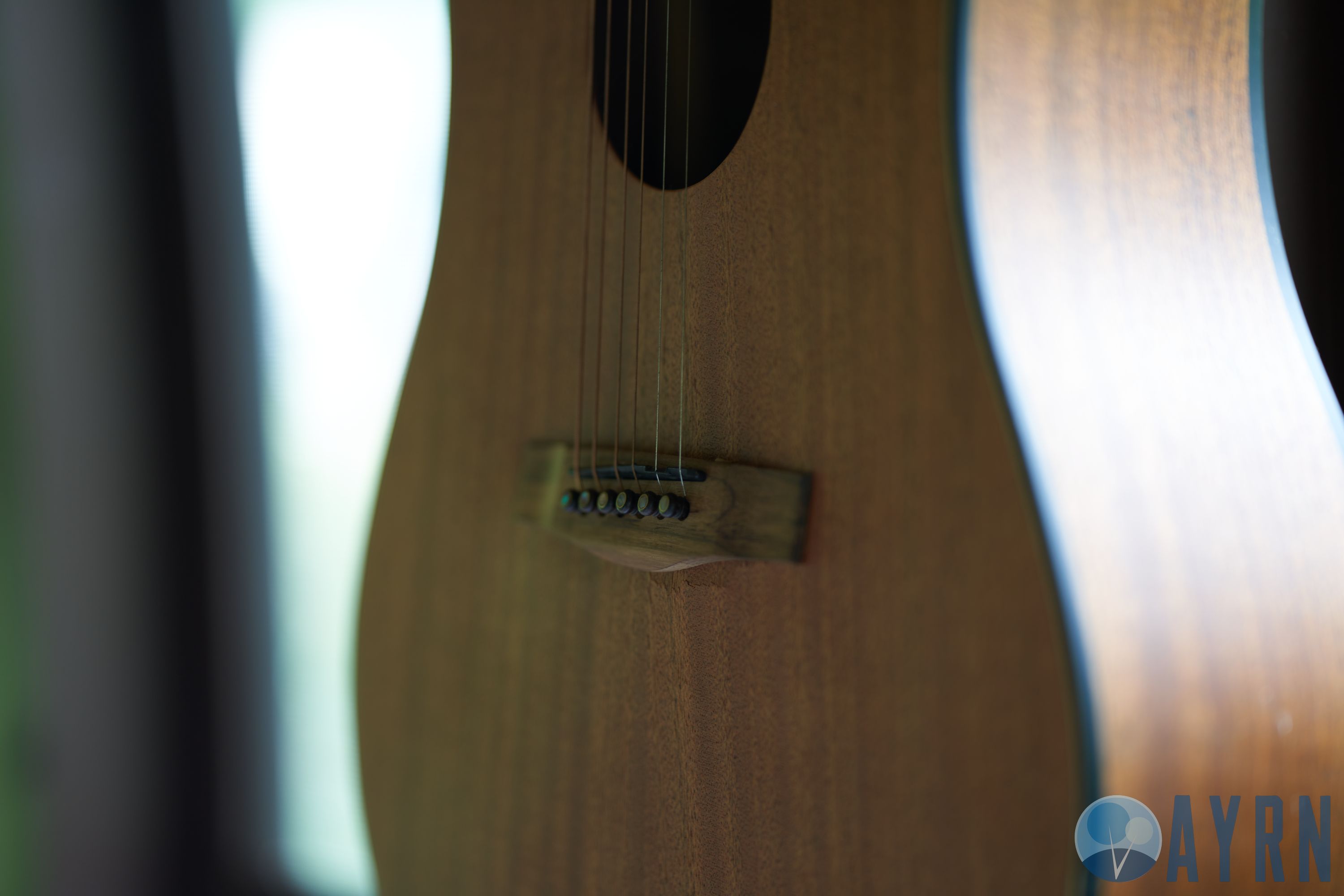
While some reviewers have claimed that chromatic aberration simply isn't a thing with Sigma's new 85mm lens, under the perfect circumstances, I found I was able to squeeze out just a tinge of green colored aberration (as pictured above).
Flare and ghosting
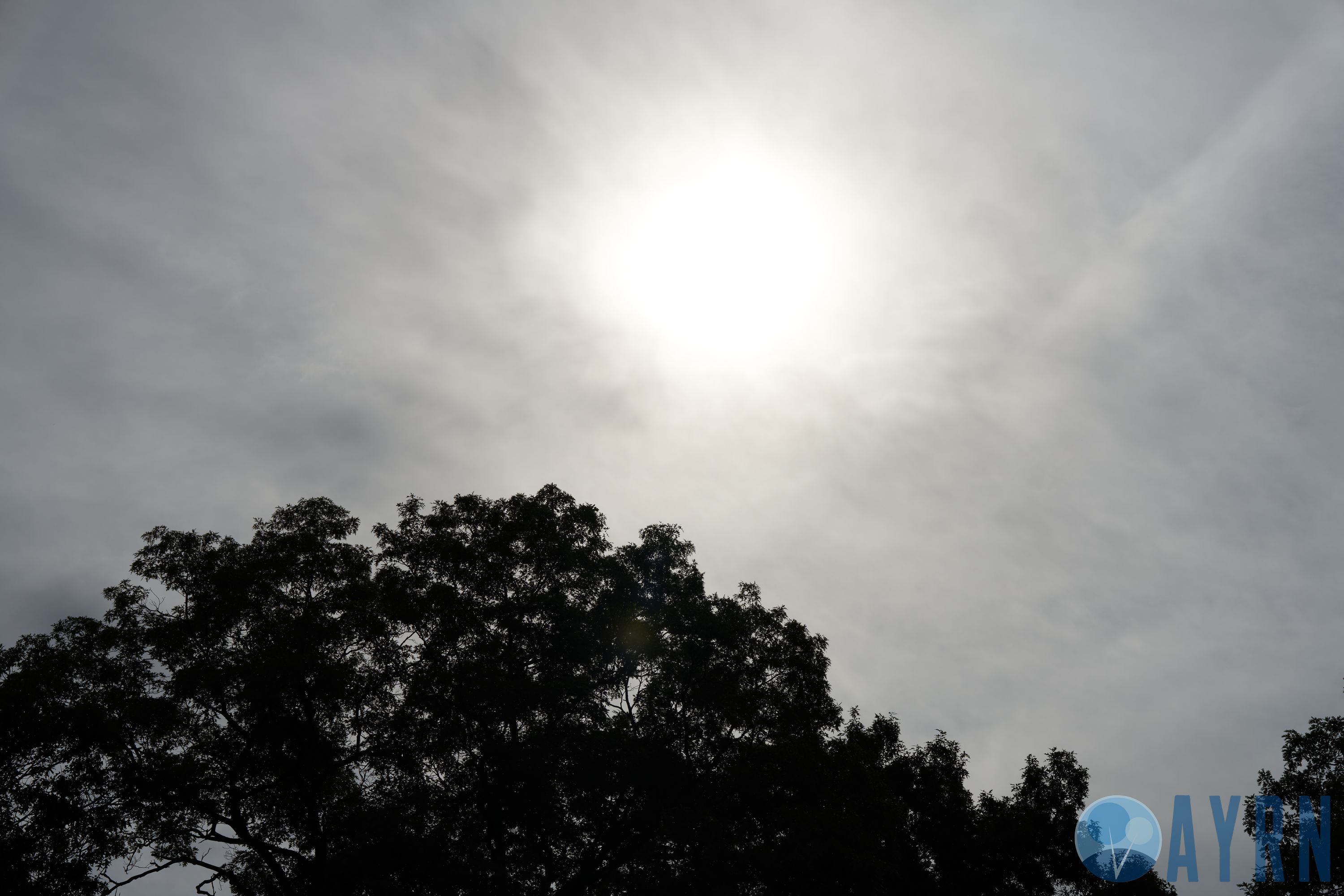
When it comes to lens flare and ghosting, the Sigma 85mm f/1.4 DN Art is again a stellar performer...
When it comes to lens flare and ghosting, the Sigma 85mm f/1.4 DN Art is again a stellar performer, delivering very little flare and miniscule ghosting in extreme scenarios like this one. And keep in mind, I've literally pointed the front of the lens directly at the sun to get this result.
This is extraordinarily good for a lens that sits at the beginning of the long focal length. Most 85mm lenses are quite prone to flare and ghosting, but clearly the standard rules don't apply to Sigma's new optical marvel.
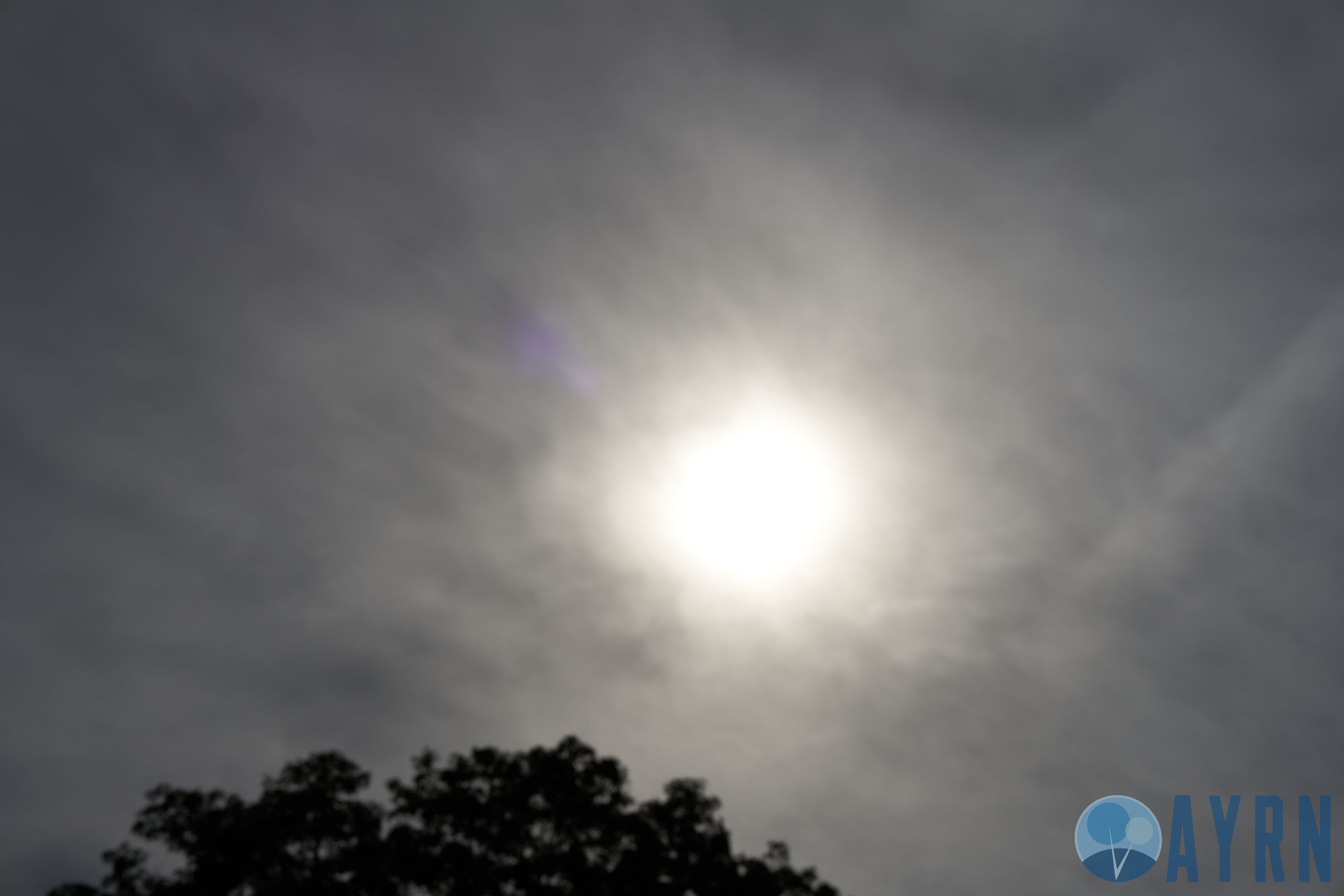
Angling the lens just right while pointing it directly at the sun, I was able to get a tiny splash of purple colored flare with very little ghosting as seen in the image above.
Bokeh
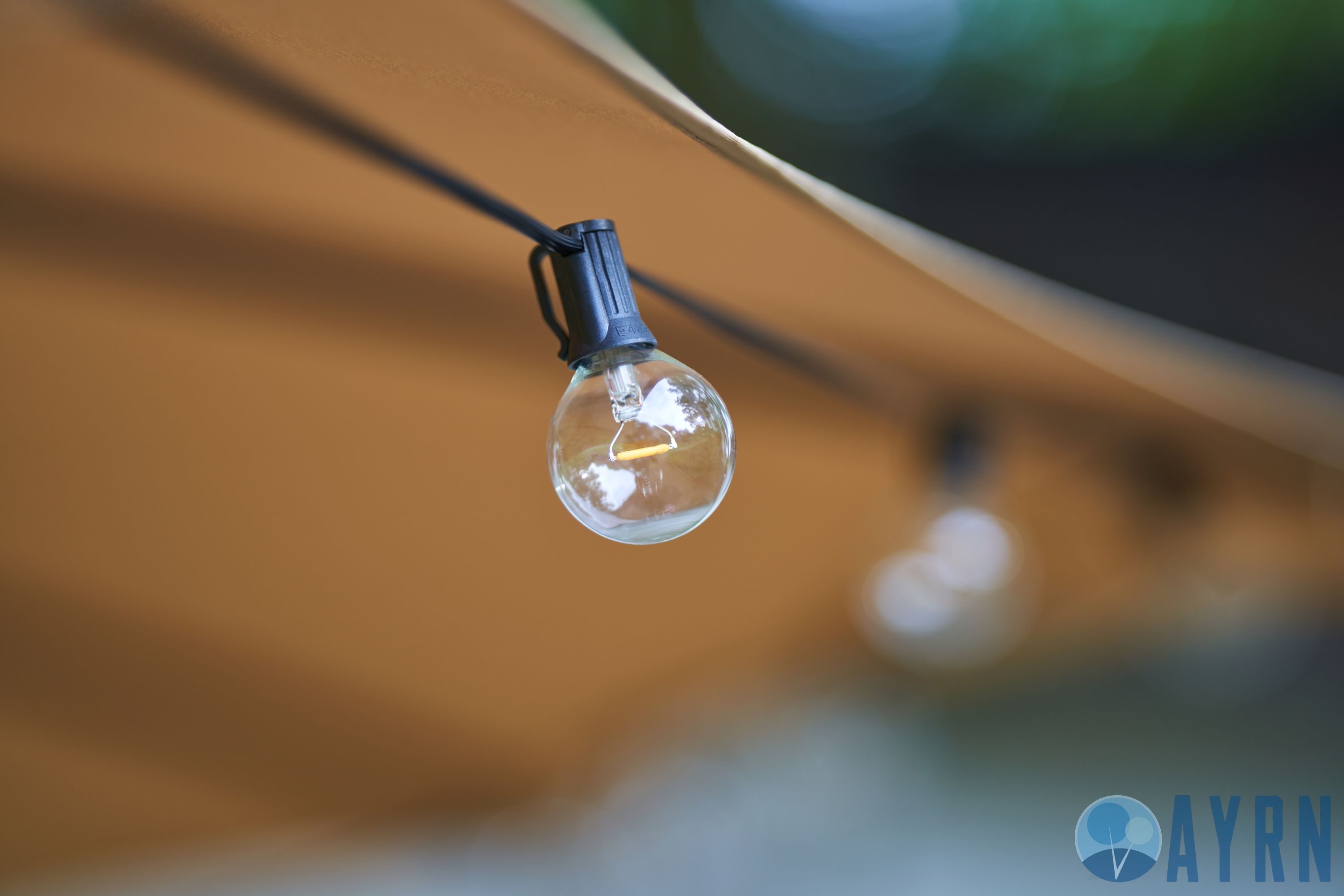
The Bokeh quality on Sigma's 85 DN is beautiful. It's classic, yet modern; controlled, yet artistic; and bold, yet delicate. In short, it's a masterwork of engineering.
The Bokeh quality on Sigma's 85 DN is beautiful. It's classic, yet modern; controlled, yet artistic; and bold, yet delicate. In short, it's a masterwork of engineering.
Somehow Sigma has managed to merge the best qualities of old and new to bring us something totally unique with their 85 DN. In terms of balancing out highlights and background compression, this lens is without equal in my opinion.
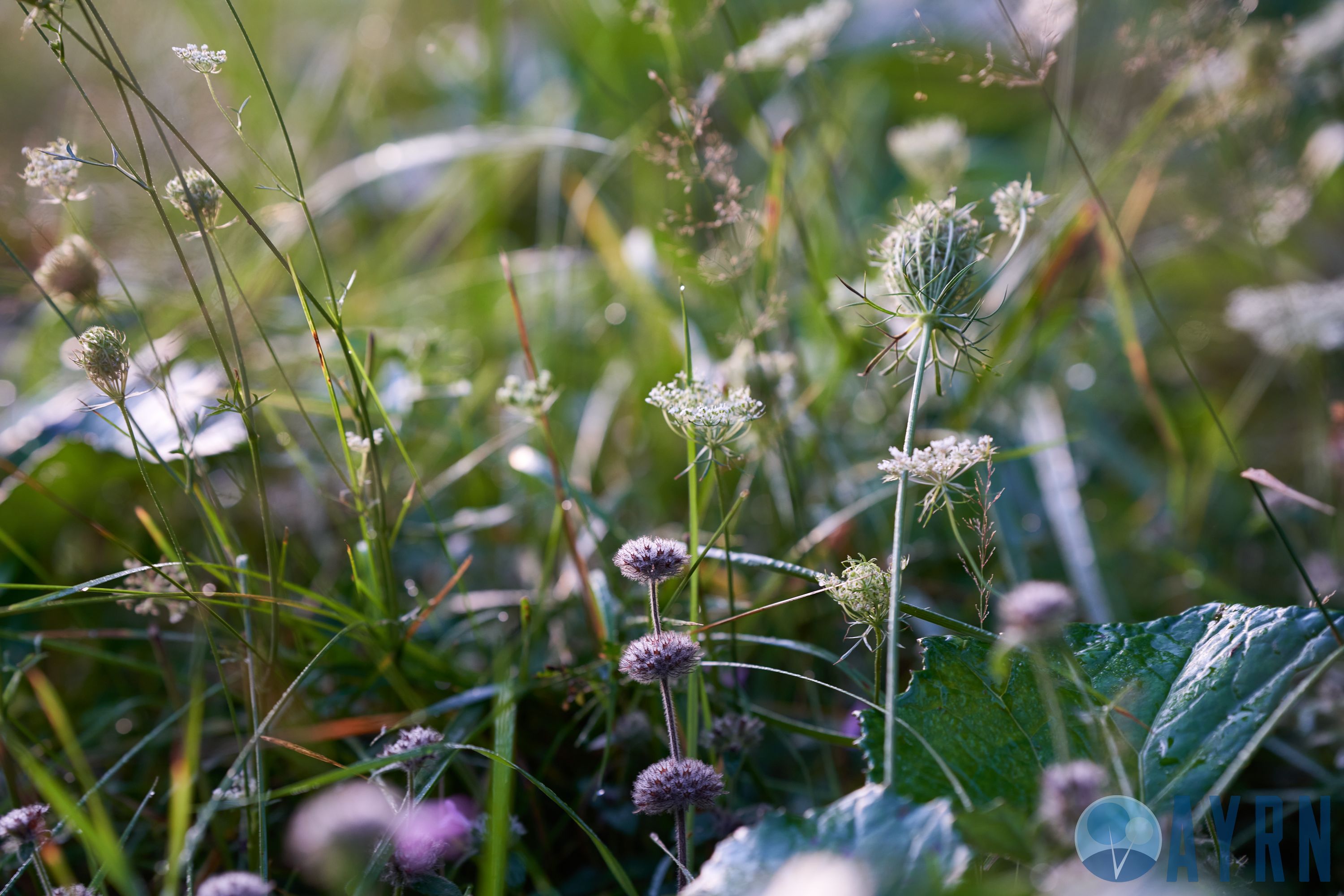
On the other hand, for people who prefer bokeh balls to be as round as possible across the frame, this lens may not be a the go to choice. In my opinion, Sony's 85mm GM has the upper hand there, but of course, the shape of a bokeh ball is an entirely subjective thing. I personally prefer the way the DN renders them.
Sample images
The Sigma 85mm f/1.4 DG DN Art has a way of rendering that's all it's own. It's the epiphany of the kind of purity we've come to expect from Sigma's art line of lenses.
The Sigma 85mm f/1.4 DG DN Art has a way of rendering that's all its own. It's the epiphany of the kind of purity we've come to expect from Sigma's art line of lenses. Colors rendered with the lens are vibrant and natural, contrast is bold and punchy, and micro contrast is phenomenal, providing the ultimate level of realism to your images.

For our first sample image, we've got a fairly standard portrait shot of my daughter that I captured wide open at f/1.4 to help emphasize the superb background defocus of this lens. Note the excellent sharpness, contrast, and subject isolation in the foreground - it's crisp and full of detail, but melts away effortlessly into dreamy looking backdrop that doesn't distract from the subject of the composition.

For this capture, I intentionally went for a challenging scenario that many lenses would suffer under. Note the bright background with the midday sun, contrasted by the dark foreground in the shade of the forest. This was captured under natural light coming through the canopy of trees above. Many lenses would suffer from fairly pronounced ghosting under these conditions, but as you can see here, the Sigma does phenomenally well with virtually no ghosting as well as excellent contrast and detail. This mid body shot was also captured wide open at f/1.4.

For this closeup shot, I pushed the lens near its minimum focusing distance in photographing my Japanese Shiso plant here. At this distance, images become a bit softer, but it's still respectably sharp and the images are completely useable.
Image gallery
Aside from the images featured in this review, you can find ultra high definition sample images taken with this lens by visiting the gallery linked below.

Build quality
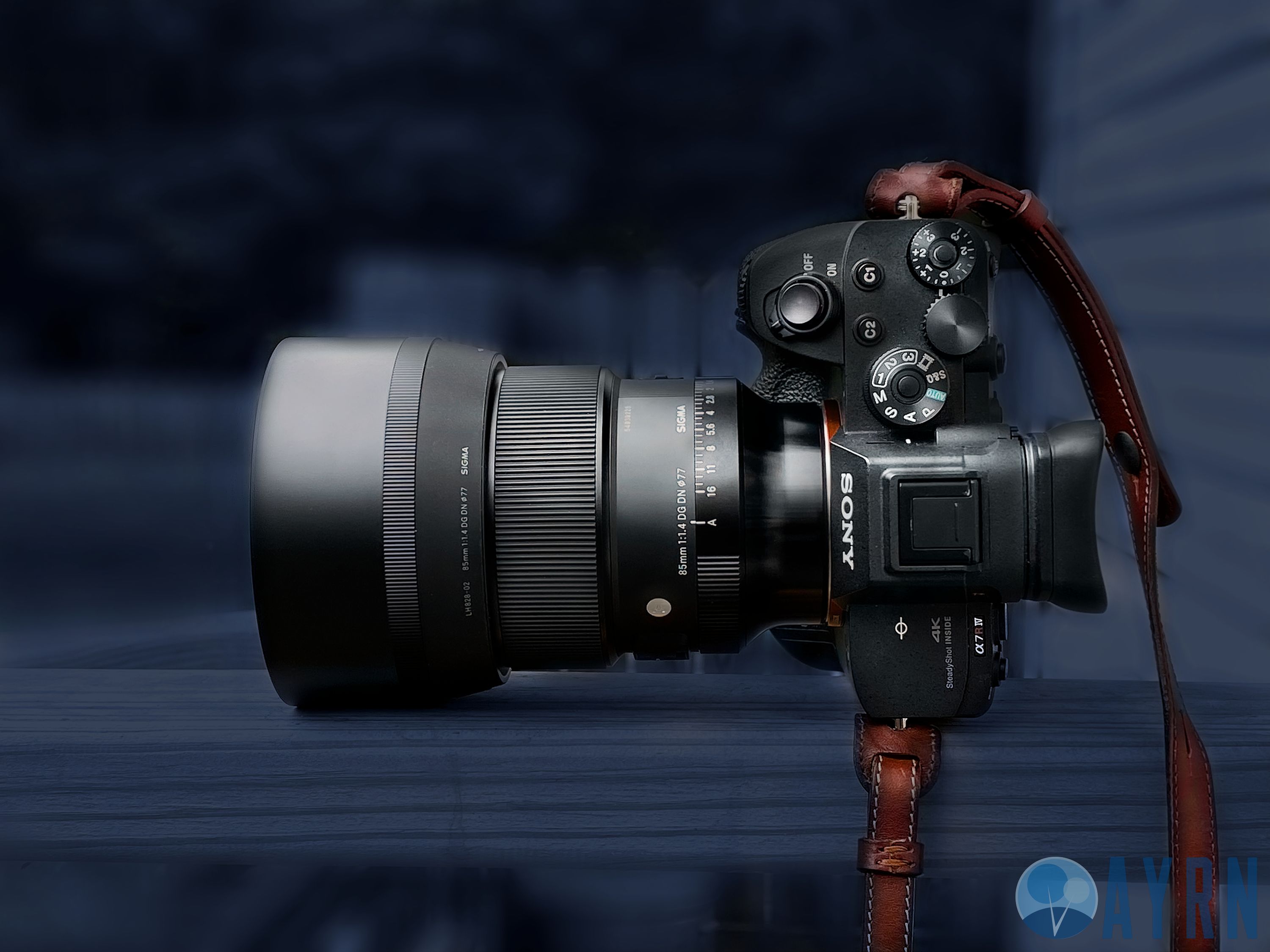
Materials
Like all of Sigma's Art line of lenses, the 85mm DG DN is made from premium, high quality materials and components. The barrel is made from high quality plastics that taper into a sturdy brass bayonet mount.
Technology
The Sigma 85mm F/1.4 DG DN Art features a stepping motor for a versatile and responsive autofocus experience.
Sigma 85mm f/1.4 DN feature breakdown
In terms of features, Sigma's new 85mm lens leaves nothing wanting. In fact, I haven't even seen at least one of the features it touts on another e-mount lens yet - namely, the aperture ring lock switch. This was a brilliant move on Sigma's part. It gives people like me who love having the option, but hate constantly moving the aperture ring out of auto mode by accident, a huge incentive to opt for this lens over any other 85. The aperture ring is also de-clickable - a nice plus for filmography. Then there's the tactile switch for changing between autofocus and manual focus, the locking lens hood, and the autofocus lock button. If there's any box Sigma missed checking here, I'm at a loss to say what it is.
Aperture ring
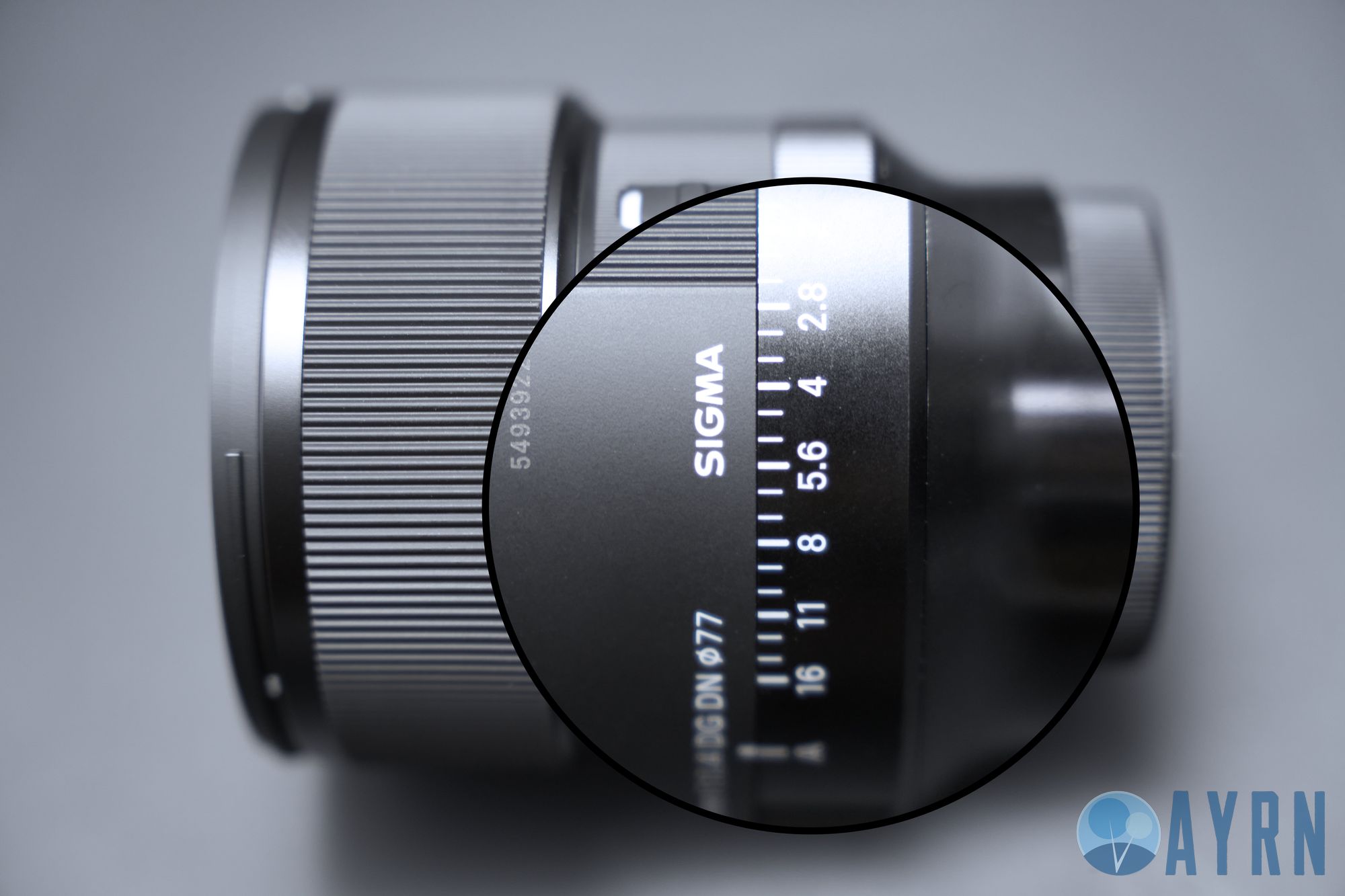
Sigma's inclusion of an aperture ring that can be de-clicked at the flip of a switch and used for stepless iris adjustment is sure to please videographers. Thanks to the ingenious addition of an iris lock switch, this won't cause any frustration for photographers who either don't use the feature or who would prefer to lock the ring into auto mode so the camera body can set the aperture. It's also possible to lock the ring on any aperture setting. For more of a classic aperture ring feel, you can of course add stepped clicking at the flip of a switch just as you can remove it. This makes for some pleasant haptic feedback as you arrive at each aperture marking.
Aperture ring (iris) lock switch

The aperture lock switch is an incredibly useful feature that is greatly welcomed and certainly a brilliant move on Sigma's part. While I love having a physical aperture control ring as an option, I find that I will bump it inadvertently on a fairly regular basis and wind up with a number of blurry exposures from a long shutter speed before I realize what's going on. This has certainly been a problem for me with Sigma's 35mm DN. Thanks to Sigma's simple, but brilliant addition of a lock switch, that's not an issue with this lens. I can simply lock the ring when I want to shoot in auto, or unlock it for a tactile level of control. It's also possible to lock the ring at any aperture setting, which is useful as well.
Auto focus lock (AFL) button
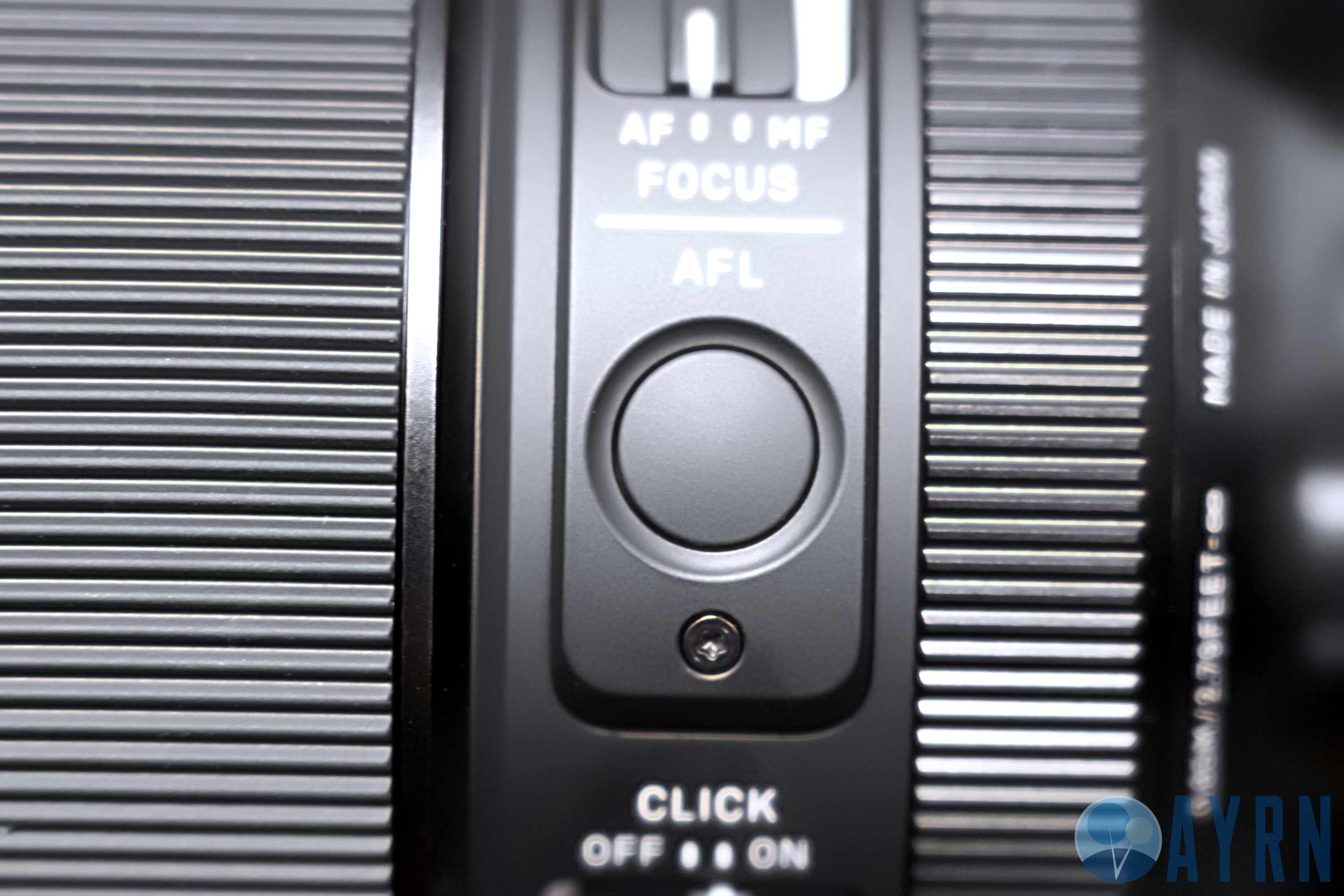
The AFL (auto-focus-lock) button is another useful feature that I personally use in a number of shooting scenarios. It's something that you mostly don't see on 3rd party glass, but it seems to have become a mainstay of Sigma's new DN line of lenses.
Auto focus/Manual focus (AF/MF) button
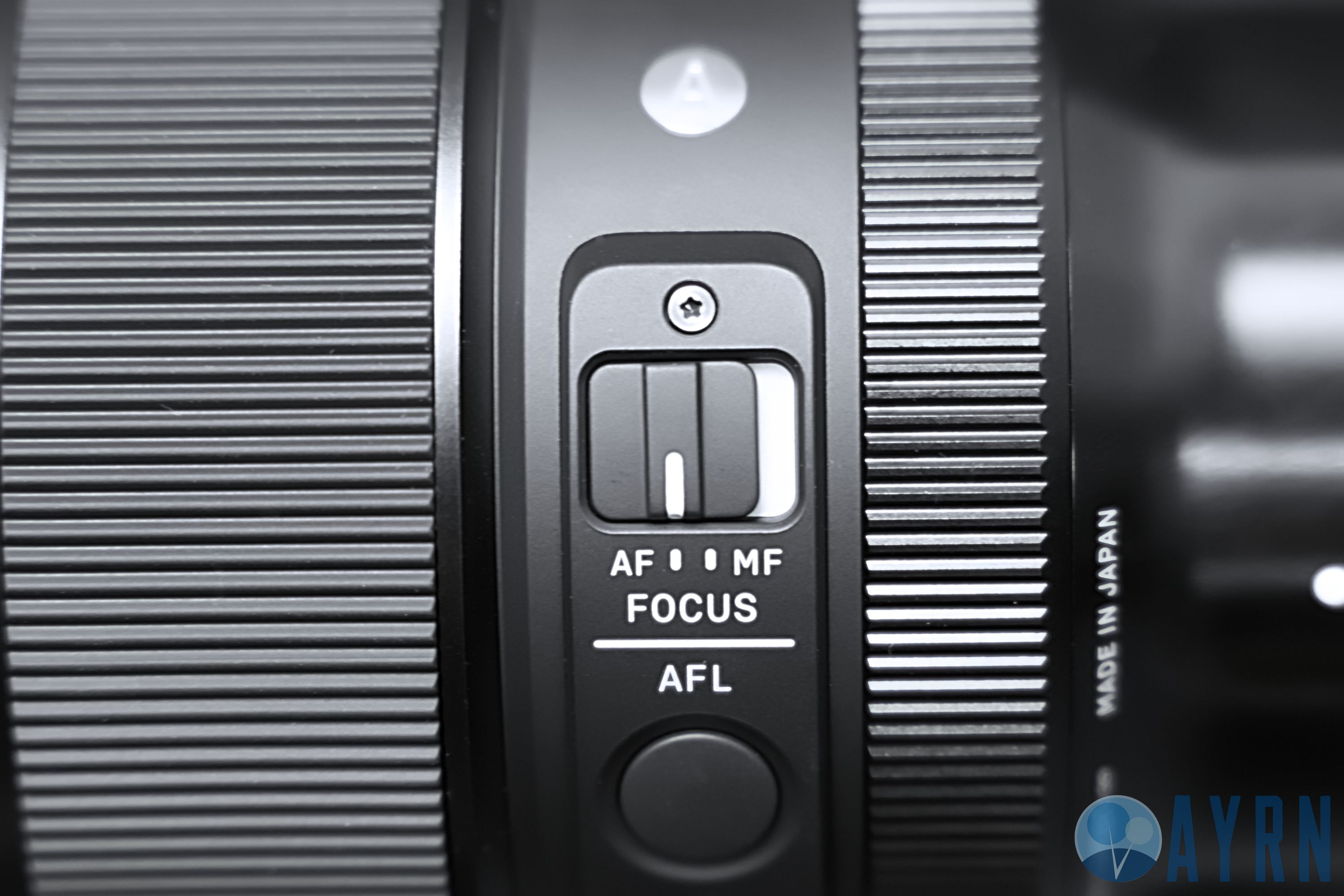
Having a tactile AF/MF button to switch between autofocus and manual focus is another extremely useful feature that I find myself using frequently. It's especially nice to have in situations where the subject you want to focus on is difficult to grab using autofocus. Having access to this instant tactile option means I don't have to dig into the menu, which could very well make difference between capturing a once in a lifetime shot or missing it. So it's a must have for me, and of course, Sigma delivers here yet again.
Autofocus
The autofocus capabilities of this lens are adequate, although not trend setting within the scope of all 85mm lens options out there for Sony e-mount. That said, within the much narrower scope of ultra-fast f/1.4 options, it's right on par with the Samyang/Rokinon offering and probably a tad faster than Sony's 85mm f/1.4 or the older HSM iteration of Sigma's 85 Art. Given that the two other options have been around for quite some time and their respective manufacturers have had oodles and doodles of time to tweak them via firmware updates, I'd venture to guess that Sigma's new 85mm Art may wind up being the clear winner in autofocus performance with subsequent firmware updates.
Sigma 85mm f/1.4 DN optical construction
The design of Sigma's new lens is among the most impressive I've yet to see in terms of size versus complexity and efficient use of available space. They've managed to squeeze one more element into the mix than the much longer and heavier DG HSM version of their lens while consolidating the number of groups down from 12 in the first iteration, to 11 in this one. All this - while bringing the length down from about half a foot, to just 3.8 inches. They've also shaved off roughly half the weight, cutting the original down from about 3 pounds to less than a pound-and-a-half with their new mirrorless offering.
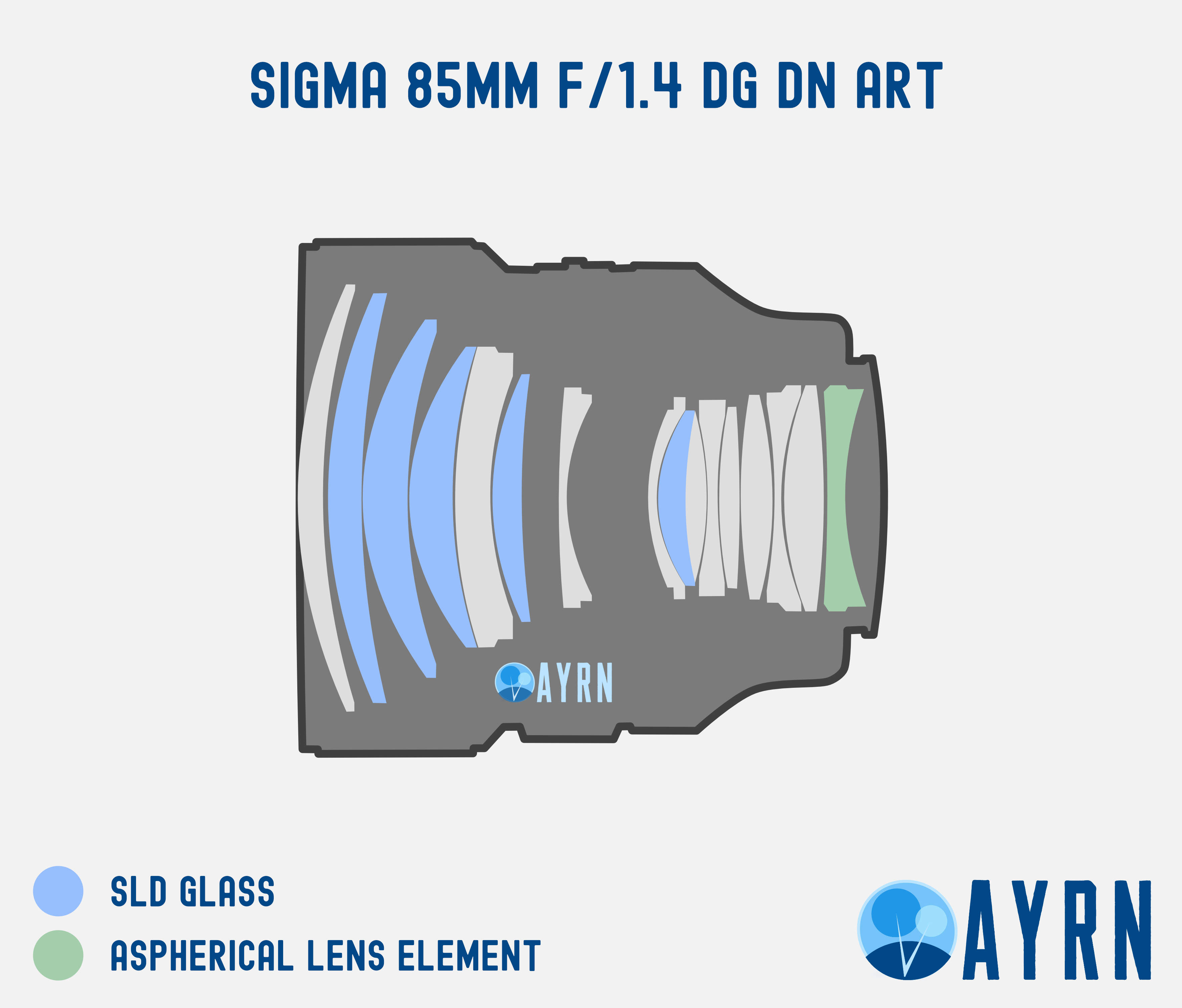
Sigma's new 85mm lens features five special low dispersion (SLD) elements and a single aspherical element.
Another interesting aspect of this lens and its design is that it appears to have a telephoto optical design, which is pretty rare to see in an 85mm lens. A telephoto optical design can provide some real advantages, but one of the major drawbacks is that you usually get fairly heavy pincushion distortion. To get a good idea of what I'm talking about here, picture this as being sort of like a wider lens, say a 40mm, with a teleconverter on it.
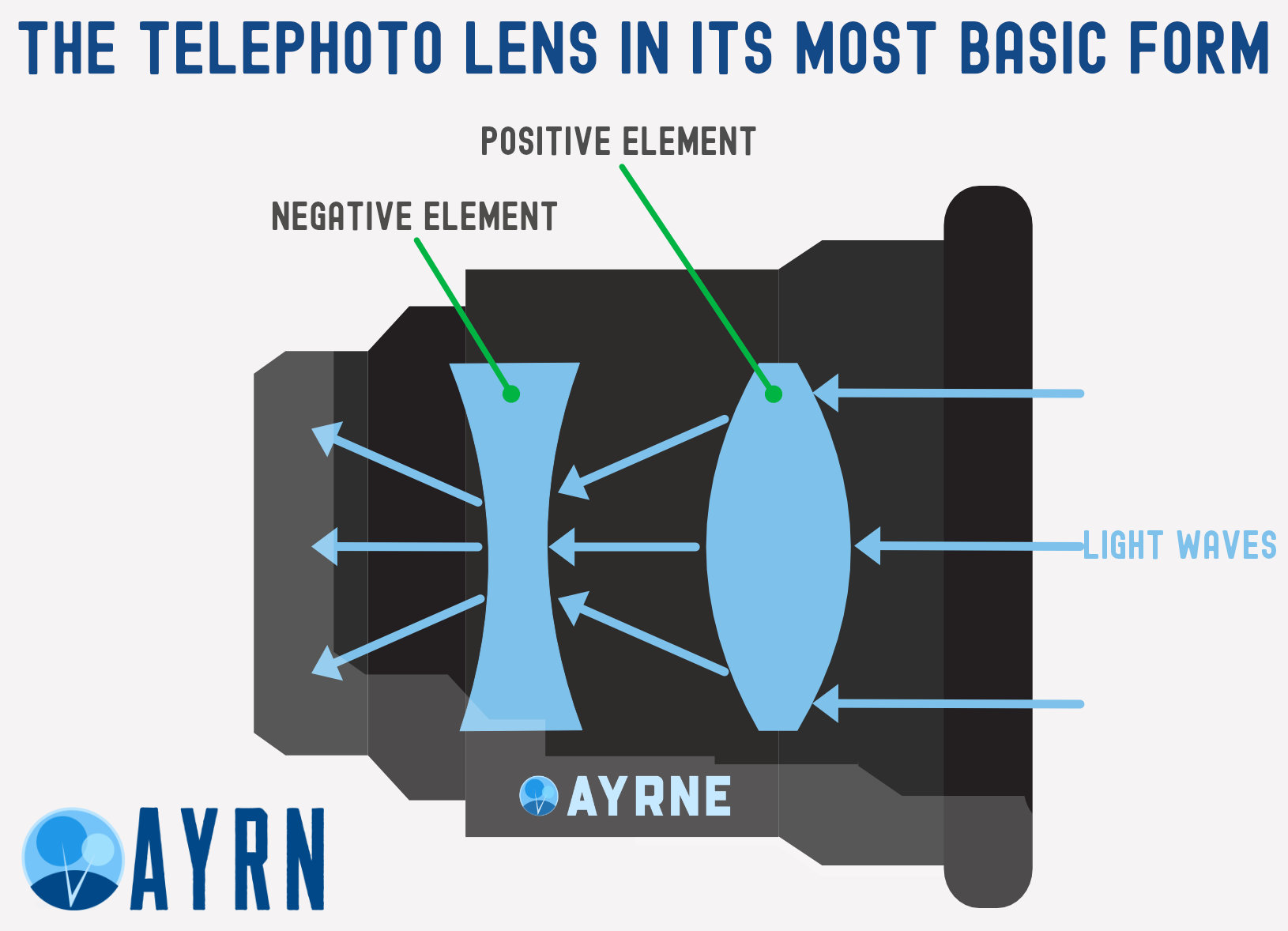
To illustrate what I'm talking further, I created the illustration above, which shows a telephoto lens in its most simplistic form. At the back, you have a negative element that has a magnifying effect on the image being sent to the camera's sensor and on the front, you have a positive element that concentrates the image onto the rear element.
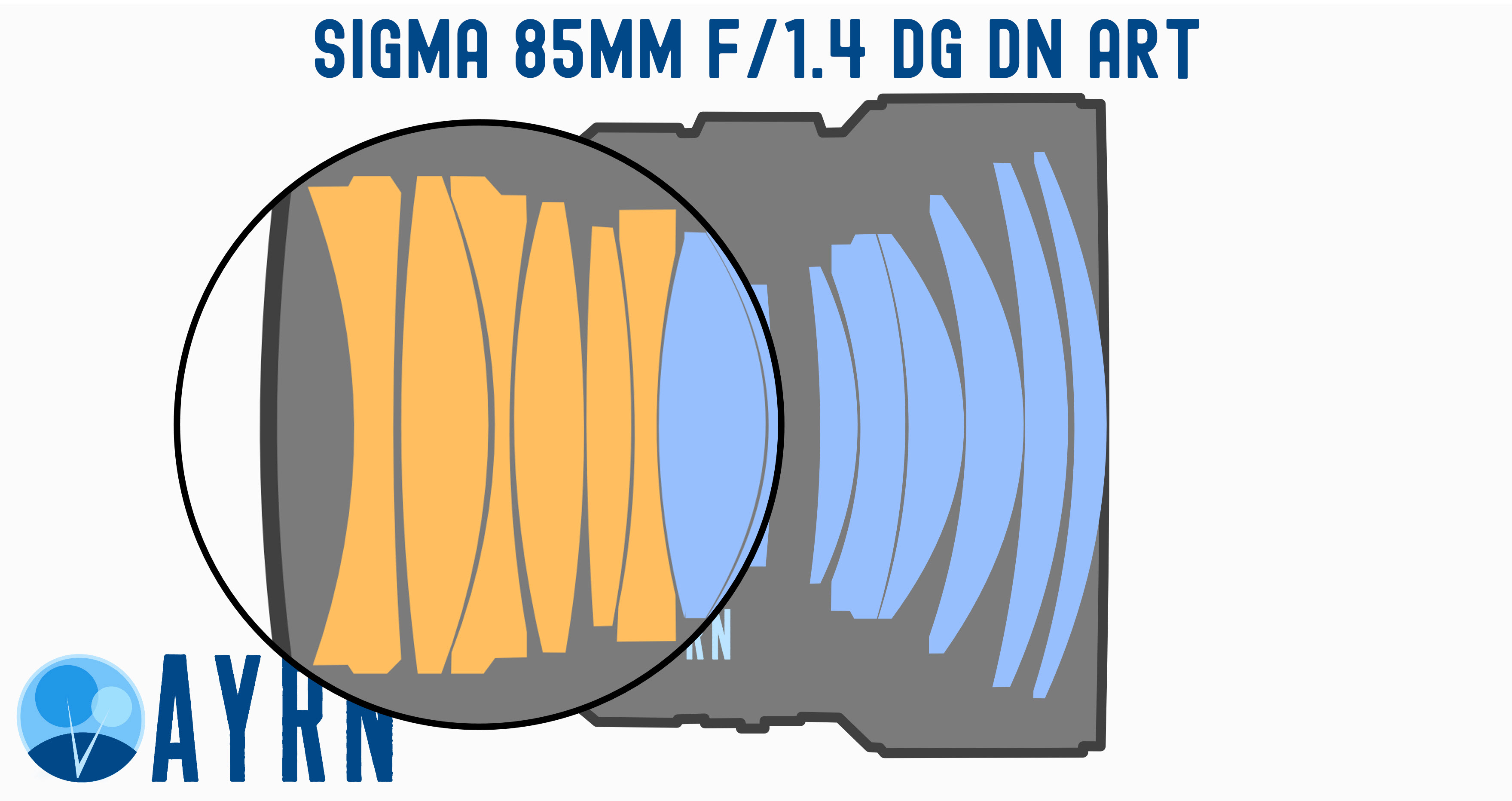
Looking at the actual design of Sigma's new 85 Art, it's not hard to see how the back elements that I've highlighted in yellow, appear to form a negative grouping. Note how it starts and ends with a concave shaped element and that both elements are facing in opposite directions, which mirrors what we covered in the previous simplified illustration.

If you look at the front grouping of Sigma's new lens, that I've highlighted in blue, you can see what appears to be a positive design with elements that are convex at either end and also mirror the front element of the simplified illustration we covered previously.
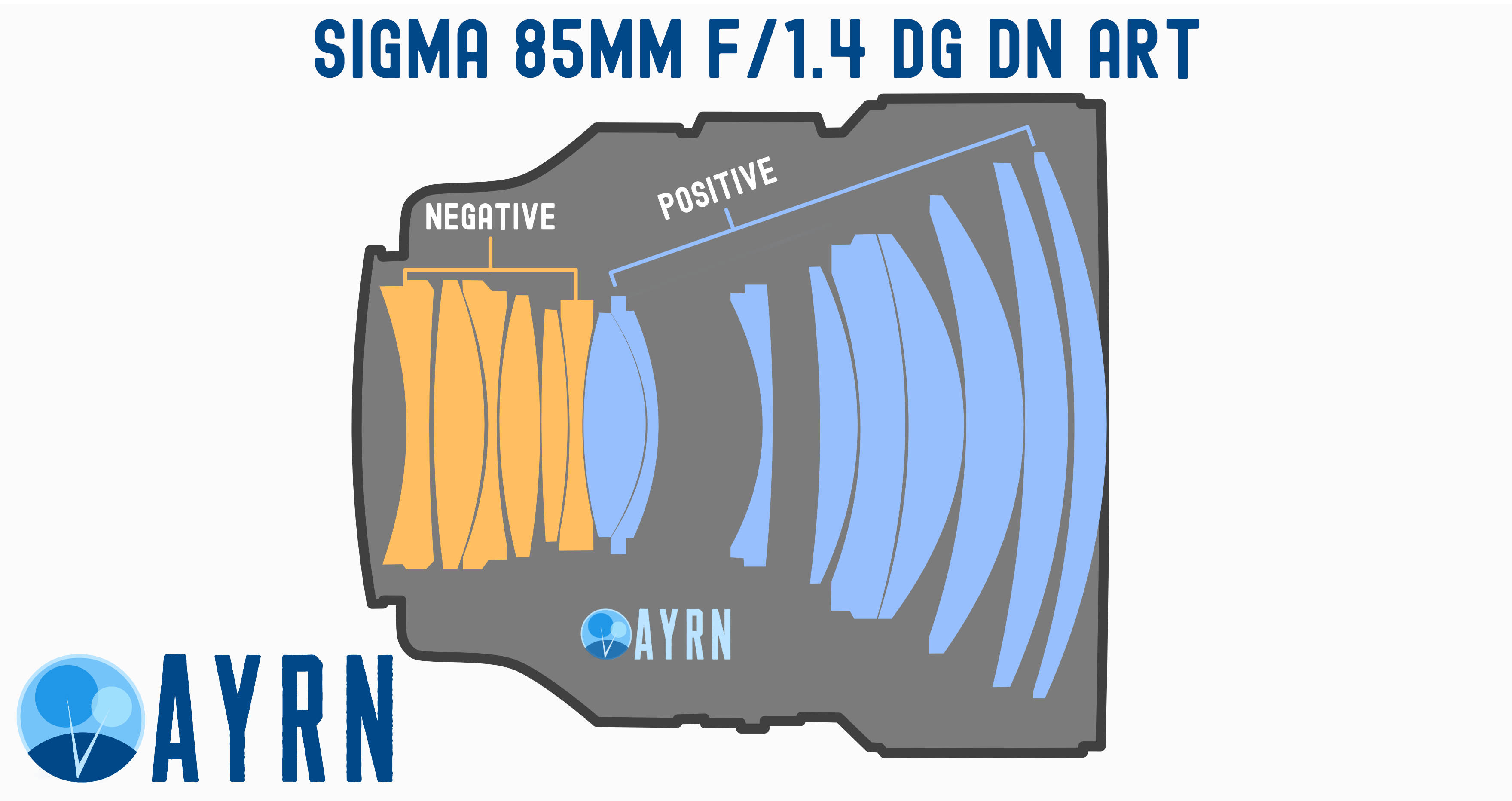
Looking the design overall, I'm confident this is a telephoto lens in the sense of optical construction, which is why it was able to be made so light and compact. I think Sigma has done a great job with it, and while the distortion is a bit heavy, as we've already demonstrated, it's completely correctable in post.


